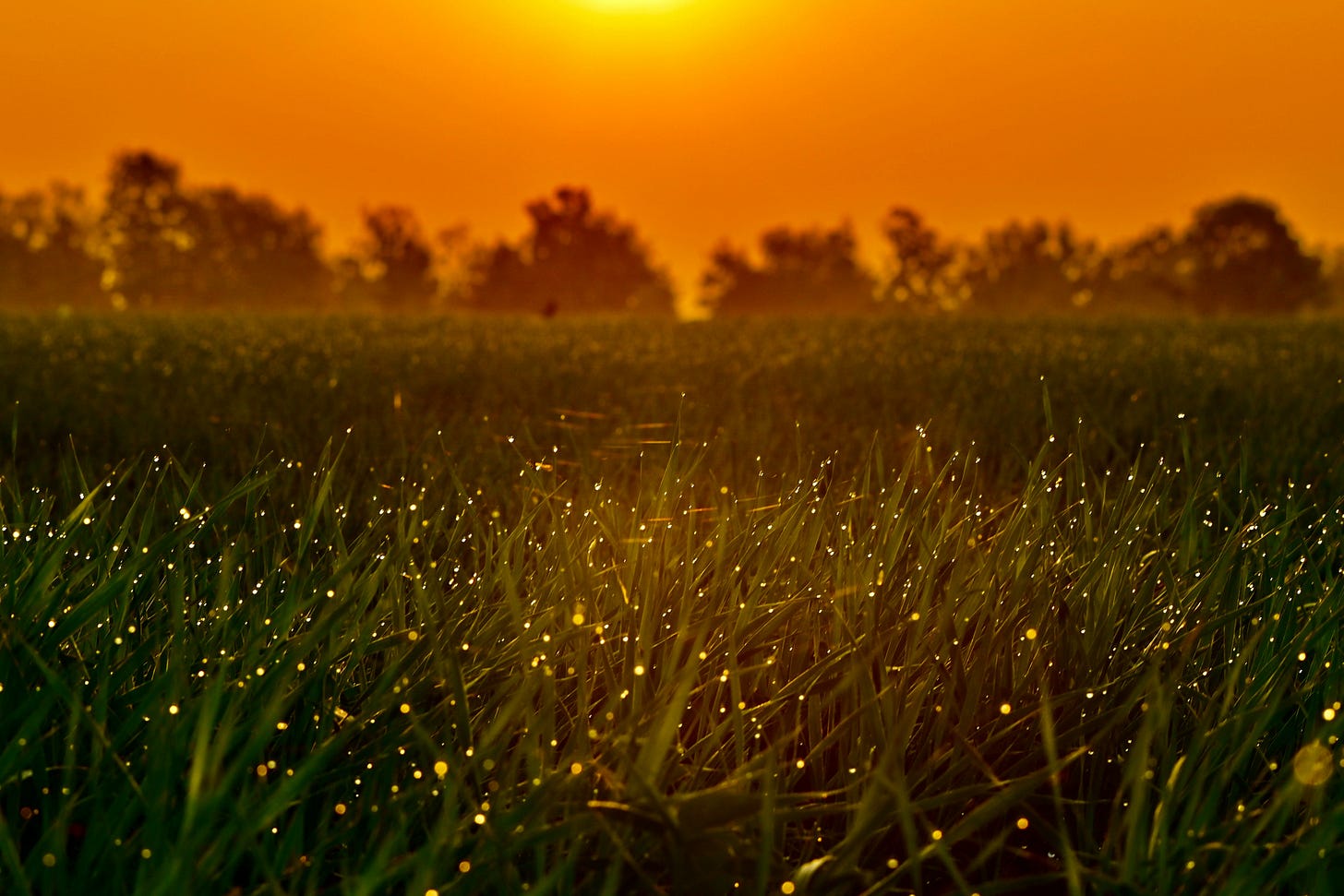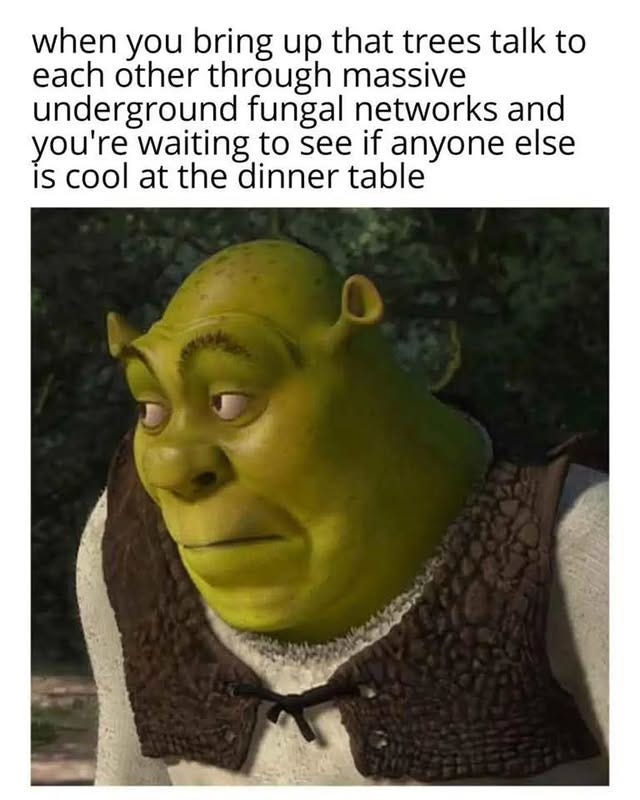"Fireflies are stars that could not journey to the sky.” ― Michael Bassey Johnson
I’ve got fireflies (or lightning bugs) on the brain this week, due to them showing up in droves the past few weeks at dusk. Every night, my husband and I call out when one of us spots the first one —usually whoever is closing up the chickens at night and collecting eggs. I’m not sure when I changed from calling them lightning bugs to fireflies —I grew up calling them the former, but that changed somewhere along the way during one of my four cross-country moves, I guess.

Regardless of what you call them, chances are you have fond memories of catching them in jars during your childhood summers. It was, and still is, so magical to see these little critters flitting to and fro, lighting up the summer night’s sky —I actually teared up the first evening I saw them this summer. Both because of how beautiful it was, but also because of how much work it’s taken us to get to this place.

From Rodale’s Encyclopedia of Organic Gardening:
One of nature’s most fascinating wonders is the light of the firefly. It is light without heat, made by a mysterious substance called luciferin contained within the firefly’s abdomen. By opening a special tube, he exposes the luciferin to oxygen, which makes it glow. When temperature, moisture, and light conditions are just right, the male flashes his light every six seconds, to be answered two seconds later by the female. Thus they seek each other out in the soft summer dusk. Actually a beetle, the firefly is a friend to the gardener. He feeds on snails and slugs, and his larvae eat small insects and cutworms underground and in rotting wood.
When we first moved in, the previous owners left the yard and gardens absolutely pristine. The lawn could have been plucked off a golf course, and the gardens were immaculately pruned, weeded, and mulched with dyed red wood chips. In short, it looked “perfect” to most humans, but fairly sterile to most insects. To their credit, they did a beautiful job with succession blooms, so there is always something blooming from early spring bulbs through late fall flowers, but all in all, it felt too manicured.

The first few years, we didn’t have any fireflies here, or if we did, they were so few in number that we didn’t notice them at all. One of the first orders of business for us was mulching over the existing red/orange wood chips with regular ol’ natural wood chips that I acquired from ChipDrop. Then, we started leaving the leaves (both due to time constraints/laziness/desire for insects to have a safe place to hunker down over winter), and this I think made a huge difference.
According to Firefly.org, “Fireflies spend up to 95% of their lives in larval stages. They live in soil/mud/leaf litter and spend from 1-2 years growing until finally pupating to become adults. This entire time they eat anything they can find. As adults, they only live 2-4 weeks. Females that have mated successfully need a place to lay eggs. They will lay eggs in many spots, but gardens offer an oasis with a source of soil moisture good for larval development.”
The other crucial component: not spraying pesticides anywhere.
This article from BeyondPesticides explains why pesticides (along with habitat loss and nighttime light pollution) are threatening firefly populations everywhere:
Pesticide use is particularly pernicious in the context of firefly ecology. While direct contact with pesticide sprays is a concern, exposure in soil and water represent greater hazards. This is because many firefly species lay their eggs in soil, and many spend the first years of their life in aquatic habitats like mangroves and other riparian vegetation (vegetation along the banks of waterways). Pesticides, like the neonicotinoid class of insecticides also implicated in pollinator declines, are known to drift once applied, and persist in soil and waterways.
Lastly, because fireflies live most of their lives in their larval stage, feeding on snails and earthworms, pesticides can also indirectly kill-off firefly prey, which ripples up and down the food chain, ultimately reducing firefly populations.
So in the quest for a perfect lawn, homeowners are spraying their yards with pesticides designed to eliminate grubs and engaging in meticulous fall leaf cleanup, all while also decimating firefly larvae as collateral damage. But the good news is, we can work to collectively reverse the damage that’s been done —better late than never, right?
Firefly.org tells us how we can help firefly populations in our own yards:
Avoid pesticide use, especially lawn chemicals
Pesticides—especially broad-spectrum ones—can kill firefly larvae and the soft-bodied insects they feed on (like snails, worms, and slugs). Studies show firefly populations are declining in part due to chemical exposure in lawns and gardens.Let logs and litter accumulate
Firefly larvae live in moist, shady spots—like under decaying logs, leaf litter, and mulch. These areas stay cool and damp, providing ideal microhabitats and food sources. Resist the urge to overly tidy your yard; leave a few wild corners for the fireflies.Turn off outside lights at night (important for birds, too!)
Fireflies use bioluminescence to find mates, and artificial light disrupts this signaling. Research shows that even low levels of ambient light can reduce mating success. Just enjoy the natural darkness in summer evenings!Create a water feature in your garden
Fireflies thrive in moist environments —a small pond, birdbath, or even a shallow dish of water can create humidity and attract insects firefly larvae prey on. Bonus: you'll also support frogs, birds, and pollinators.
So next time you eschew the solicitations of the pesticide company making their rounds while your neighbors torch their lawns with chemicals, or when you rake leaves into a corner of the yard instead of bagging them up for yard waste, you can rest easy at night knowing that you’re engaging in some important work for local biodiversity. And saving time, money, and effort to boot!
Until next (pizza) Friday,
Amy
LOLs of the Week
Reading
Heir of Fire by Sarah J. Maas
The Good Life: Helen and Scott Nearing's Sixty Years of Self-Sufficient Living by Scott Nearing and Helen Nearing
Toxic Childhood: How The Modern World Is Damaging Our Children And What We Can Do About It by Sue Palmer
Listening
Growing
Aside from an overwhelming abundance of weeds (like, so many weeds) —we’ve got lettuce, Swiss chard, kale, collard greens, and bok choy, along with the last of the peas and the start of the beans. I managed to get a couple hours of weeding done last week, though to an untrained eye you would never be able to tell, I’m sure. And this weekend, I have a date with my army of tomato stakes to get those babies tied up since they’re flipping and flopping all over the darn place.
I’m *thinking* of starting a small round of fall seedlings —namely lots of lettuce, to replace the ones that have been gradually bolting, and to ensure we have a nice continuous harvest of homegrown leafy greens through early November.
Link Roundup
Integrated Pest Management on the Farm: An Overview [Modern Farmer]
Scientists Are Tracking Worrying Declines in Insects—and the Birds That Feast on Them. Here’s What’s Being Done to Save Them Both [Smithsonian Magazine]
Room to Grow: Three Small Gardening Projects Anyone Can Do [NYT]
Regenerative Agriculture Goes Mainstream [Earth.org]
8 Ways to Embrace “Deep Casual Hosting” (So You’ll Actually Do It) [The Double Shift]
I love sharing gardening knowledge openly, so this newsletter will always be free. If you’d like to support my work, I set up a little Buy Me a Coffee page. Thanks for being here!
Enjoying Pizza Friday? Share the love and forward this email to a friend you think would dig it so they can get in on the fun, too. Like pebbling, which is what penguins do! They bring little trinkets like pebbles to their loved ones. How precious is that?









